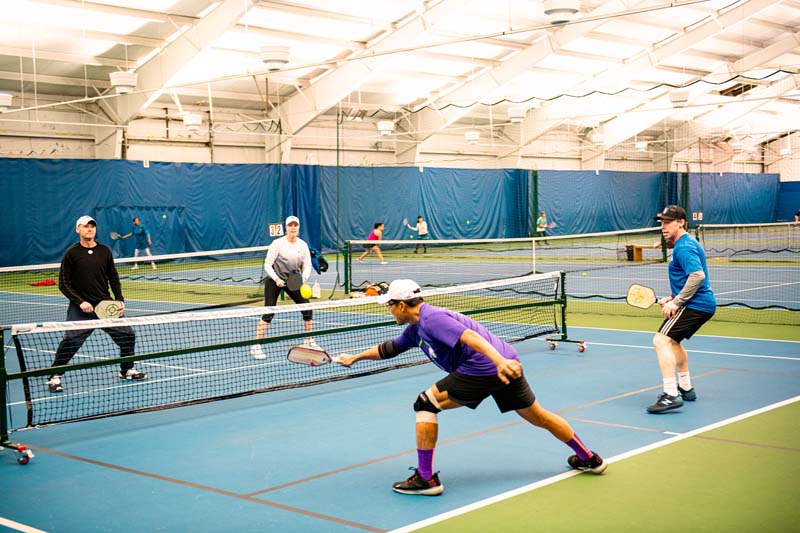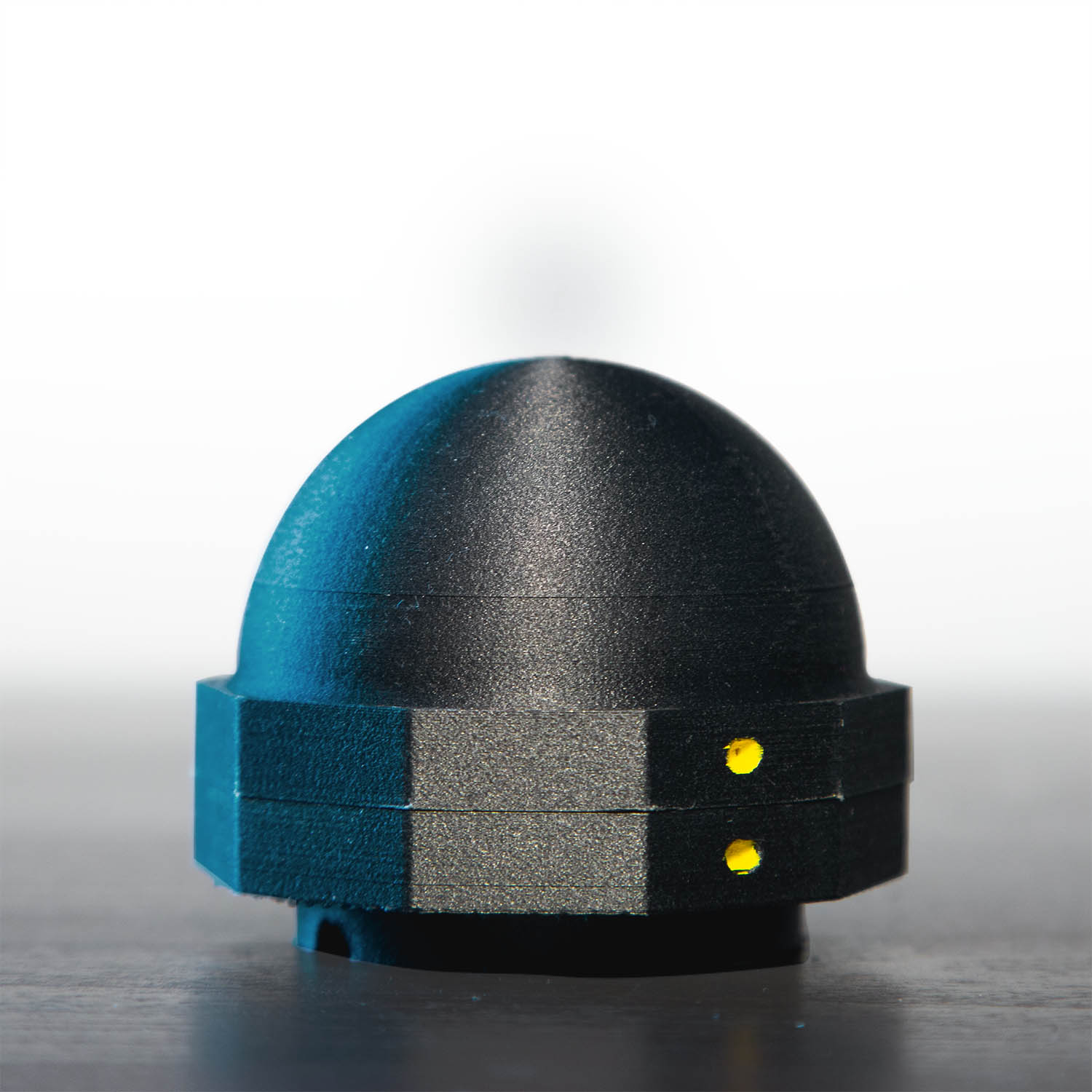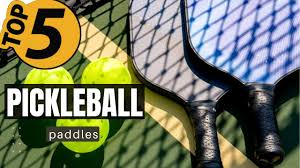
A padel racquet is made to ensure that you have the best possible experience playing this game. You can choose from many different materials and sizes. You can customize the weight of your personalized padel racket.
The average padel racket weighs between 330 and 385g. These rackets are usually made of carbon fiber or fiberglass which gives them good speed and control. EVA rubber cores can be found on certain models. These are stronger than foam. These rackets come at a higher price, however. You can still find a good-value padel if you have a tight budget.
When choosing a padel racket you need to consider your playing style as well as your level of expertise. Beginners should choose a racket with a simple user interface. Advanced techniques will reap the benefits of padel rackets which are stronger and more potent.

Your padel grip is another important factor. The right grip can ensure that you enjoy the best possible experience with your padel racket. There are several different kinds of grips, including thin overgrips, sticky grips, and softer, thinner grips. It is important to consider how much you sweat when playing. For those who sweat a lot, you should consider a grip that is drier and more sticky.
It is important to remember that there are different types for each level of play. Intermediate and beginners ball ranges have slower speeds and more feel. Advanced and pro ball ranges have a slower feel and are slightly slower. Choose a padel picket that is appropriate for the type of ball you intend to use.
You have two options depending on your skill and preference: a teardrop or a round padel racket. Round padel rackets are easy to control and can be used by both defensive and offensive players. Teardrop padel rackets work well for left-handed and intermediate players. This design provides you with a balanced weight, and a sweet spot near the center of the racquet.
If you are just starting out in padel, it might be worth looking for a less expensive racket. Foam, which can be cheaper, is commonly used. Foam is also soft and comfortable.

To get a better idea of what you need, ask a friend or family member to help you out. Ask your friend or family member about their experience playing padel and what they think about it. You should then be able determine which racket works best for you.
You should consider your financial situation, your skill level and your budget when choosing a padel racket. It doesn't matter if your level is beginner or expert, there are great rackets available. There are so many models available that you can choose from, making it easy for you to find the one that meets your needs.
FAQ
What Does Exercise Do for Your Body?
Exercise can help you lose weight. Build muscle mass, increase energy, reduce stress, and improve quality of your sleep. Exercise has many benefits, including improved moods, higher self-esteem, greater productivity, and lower risk of heart disease.
What should I do if I'm working out?
Consuming large quantities of alcohol can cause you to gain weight. It is possible to increase your endurance by drinking moderate amounts of alcohol (one glass per day). It may also reduce fatigue from exercise and muscle aches.
Do I gain weight from exercising?
Not at all. Exercise can actually help you maintain your weight. Regular exercise will help you build muscle and boost your metabolism. This will allow you to burn more calories every day. This means that you won't store so much fat.
Do I need food before I exercise?
No. It's not necessary to eat anything before you work out. It is possible to snack on yogurt or fruit if you are hungry after your workout.
How exercise and nutrition can help you to have a better life?
Exercise is a great way to keep fit, lose weight, build muscle mass, and reduce stress. Nutrition is essential for energy, sleep and mood as well as overall health. For a longer life expectancy, reduce your intake of meat and alcohol, smoke less, and exercise regularly.
What is the value of good nutrition?
Our health and well-being depends on our nutrition. A healthy diet is one that includes fruits, vegetables whole grains, lean proteins, dairy, and legumes. A healthy diet will help you stay active and fit, which in turn leads to better overall health.
Statistics
- According to the Centers for Disease Control and Prevention, chronic diseases cause 7 out of 10 deaths in the U.S., and treating chronic diseases accounts for 86% of U.S. healthcare costs. (mana.md)
- In 2018, the World Health Assembly agreed on a global target to reduce physical inactivity by 15% by 2030 and align with the Sustainable Development Goals. (who.int)
- Physical activity confers the following maternal and fetal health benefits: a decreased risk of pre-eclampsia, gestational hypertension, gestational diabetes (for example, 30% reduction in risk) (who.int)
- One study showed that adults who watch more than 4 hours of television daily had an 80% higher risk of death from cardiovascular disease. (heart.org)
External Links
How To
How To Burn Belly Fats Faster
Belly Fat is often considered a problem for those who want to lose weight. However, Belly Fat can be beneficial if you really think about it. Your organs will be protected by the amount of belly fat. Let's learn how to quickly burn belly fat.
The main factors that lead to body fat storage are stress and lack exercise. Because stress stimulates the release of cortisol hormone, it makes us hungry all the time. Cortisol increases insulin levels in our blood. The insulin stores the excess calories as fat. Insufficient sleep can lead to an increase in appetite and adrenaline release. Exercise helps to break down these extra calories.
There are many options to reduce belly weight. You can try any one of them depending upon your budget. These are some great tips to help you lose belly fat fast.
-
Try to eat less food. Instead of eating three large meals a day, eat smaller meals. You will eat less calories in general.
-
Drink plenty of water. Water helps flush out toxins from the body and keeps you hydrated. You won't overeat if you drink water before you eat.
-
Avoid unhealthy snacks. If you're looking for quick fixes, snack foods like chips, cookies, candies, etc. These tempting snacks might look appealing. These fattening treats are best avoided as they have too many empty calories and sugar. Instead, choose healthy alternatives like fruits, veggies, nuts, seeds, and whole grains.
-
Strength training should be performed at least 3 times per week. Strength training builds muscle mass that burns more calories, even when it is done while you rest. Strength training strengthens bones, muscles and ligaments. It can also improve the heart, lungs, joints, and other body systems.
-
Move regularly and stretch. Stretching can improve flexibility, mobility, and reduce back pain. Walking is great for burning calories.
-
Reduce alcohol intake. Avoid alcohol.
-
You can lose weight slowly. Finding out your current weight is the first step in losing weight. Next, calculate your ideal weight by adding between 5% and 10% to your total body weight. Once you have determined your ideal weight, you can start to reduce your calorie intake by 500-1000 calories per day until you reach it.
-
Avoid processed foods. These foods have high amounts of salt, sugar, and preservatives. Even though they can be very convenient, these foods lack sufficient nutrients to support your health.
-
Don't skip breakfast! Eating breakfast improves concentration, memory, and energy level. Breakfast should contain protein (like eggs), fibre (like oats), as well as complex carbohydrates (like oatmeal).
-
Have regular bowel movements. Constipation and irregularity cause bloating and gas. Increase your fiber intake and drink lots of water.